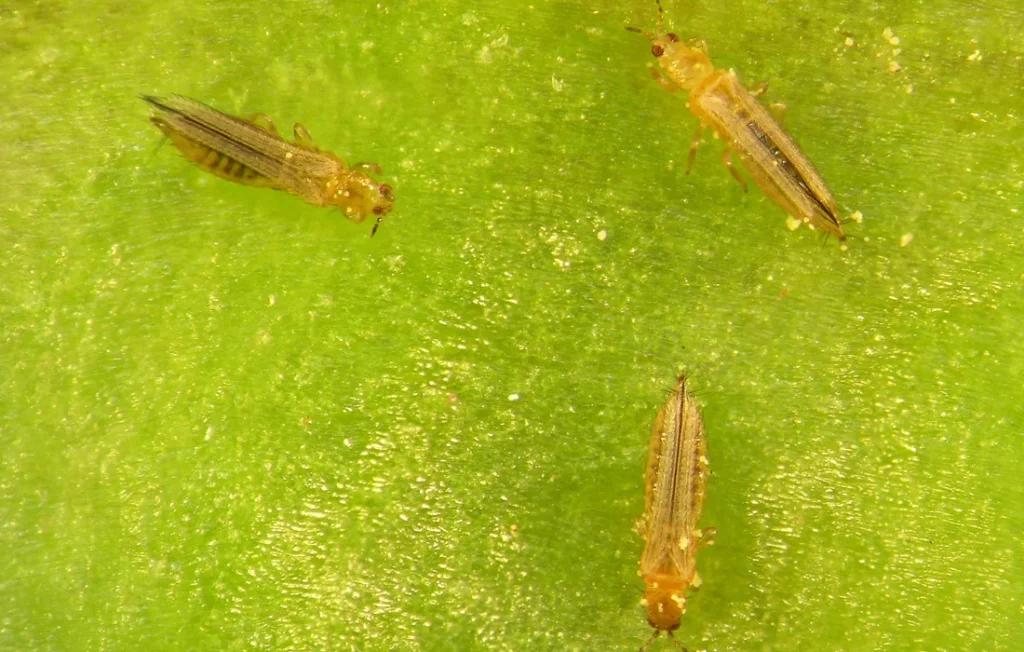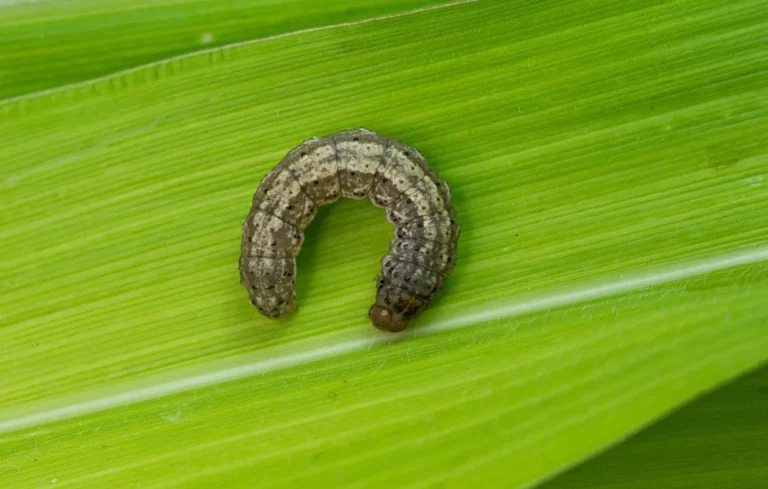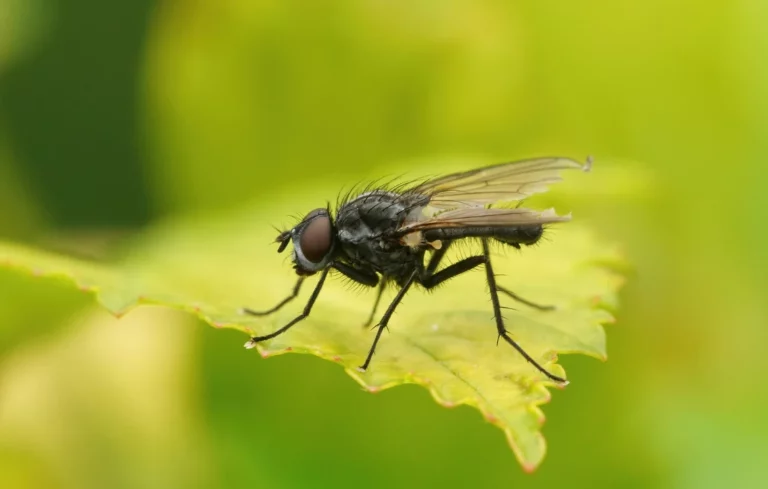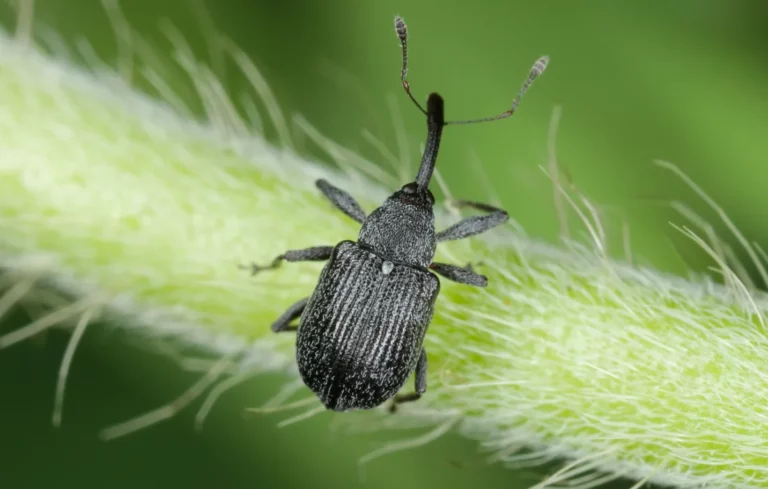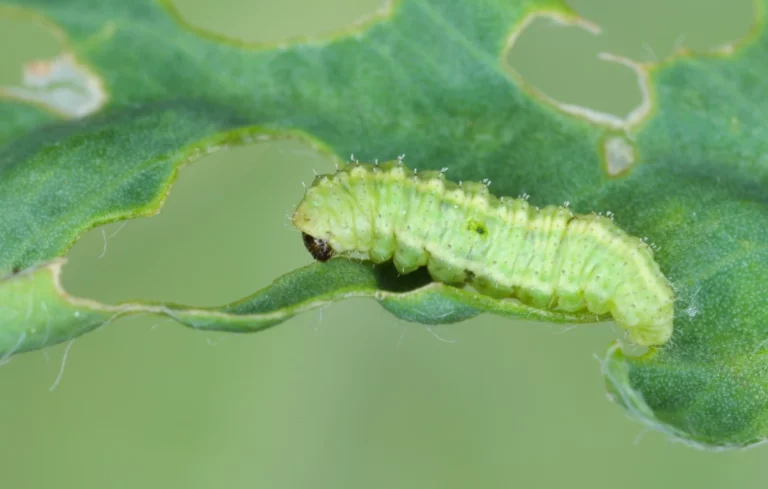For several years, strawberry growing has been faced with the emergence of new pests disrupting production. Among them, thrips, including the Californian thrips, occupy a worrying position, particularly in indoor crops. These tiny but formidable insects are capable of compromising both the visual and taste quality of strawberries. What strategies can be adopted to limit their impact? And what natural solutions can be used to get rid of them? Agrobiotop, a specialist in agrobiology, explains.
Thrips, formidable strawberry pests
Strawberry plants are particularly susceptible to attacks by Frankliniella occidentalis , better known as the Californian thrips or western flower thrips . This species, native to the American continent, appeared in France in the late 1980s and quickly became a major pest, particularly in greenhouse or tunnel production areas.
While strawberries grown in open fields are not spared, it is mainly protected crops that provide a suitable environment for their development.
Thrips attack both flowers and fruit, making them particularly problematic at various stages of strawberry growth. In some cases, other species such as Thrips tabaci may be observed, but their impact remains less than that of the Californian thrips.
What conditions favor thrips on strawberries?
Thrips thrive in certain climates and environments. Here are the main factors that favor their development:
- High temperatures , above 25°C.
- Dry air , with low humidity.
- Growing under cover , such as greenhouses or tunnels, which provide ideal conditions for their multiplication.
- Extended summer periods , especially in cases of drought.
Do you need a natural solution against thrips on strawberries?
Description of the Californian thrips
Californian thrips, responsible for damage to strawberry plants, belong to the order Thysanoptera and the family Thripidae.
The adult has an elongated shape. It measures up to 1.4 mm , with females slightly larger than males. The body color varies from yellow to orange-brown, with a slight translucent tint on the wings. These narrow wings allow the thrips to move easily from one plant to another, thus promoting the spread of the infestation.
The larvae are recognizable by their orange-yellow color and lack of wings. They most often remain near flowers and young fruits, where they cause most of the damage.
What damage does thrips cause on strawberries?
The California thrips works by piercing plant tissues to suck out their contents. This action causes visible symptoms at various levels.
On flowers, it causes premature drying , which can lead to partial or complete abortion. This phenomenon directly impacts the productivity of the plants.
On the strawberries themselves, the achenes have brownish spots . In more advanced cases, the entire fruit may take on a bronze or brown color, altering its marketable appearance. Deformations may also appear, linked to the death of plant cells around the pits.
Leaves are usually only affected during heavy infestations, with the appearance of silvery discolorations and deformations due to the action of the insects’ saliva.
Development cycle
Several generations can occur in a single season. Reproduction occurs sexually or by parthenogenesis, which accelerates population multiplication.
The complete life cycle consists of six stages: egg, larval, pupal, and adult. Eggs are laid directly in the plant tissues of strawberry plants. The larvae then develop on flowers and young fruit, where they cause the first damage. Pupation occurs in protected areas, most often in the soil, but it can also be observed on leaves, in flowers, or other sheltered areas of plants.
Our Agrobiotop solutions for combating thrips on strawberries
Here are our different solutions for controlling thrips on strawberry crops.
Traps to identify their presence:
We recommend using 2-sided blue sticky plates against thrips, 10 x 25 cm or 25 x 40 cm .
How to use these traps: The recommended quantity is 20 traps per 1,000 m². The traps should be checked regularly, and the number of insects caught determines the application of YAKASELF. For mass trapping, it is recommended to use 100 to 120 traps per 1,000 m².
Foliar spraying against thrips:
- YAKASELF : Dosage: 10 liters / 100 liters of water / hectare. Reapply every 7 to 14 days until the Thrips pest disappears.
- BLACK SOAP, added to YAKASELF (dose 1% to 2% in the solution)
Application of biostimulants:
- YAKADOP : to revive cultivation. Dosage: 5 to 10 liters / 100 liters of water / hectare
- YAKAFLO : Increases flowering and fruiting of strawberries by improving the taste quality of the fruit. Dosage: 10 liters / 100 liters of water / hectare
Do not hesitate to contact us for more information.
Photo : Shutterstock

